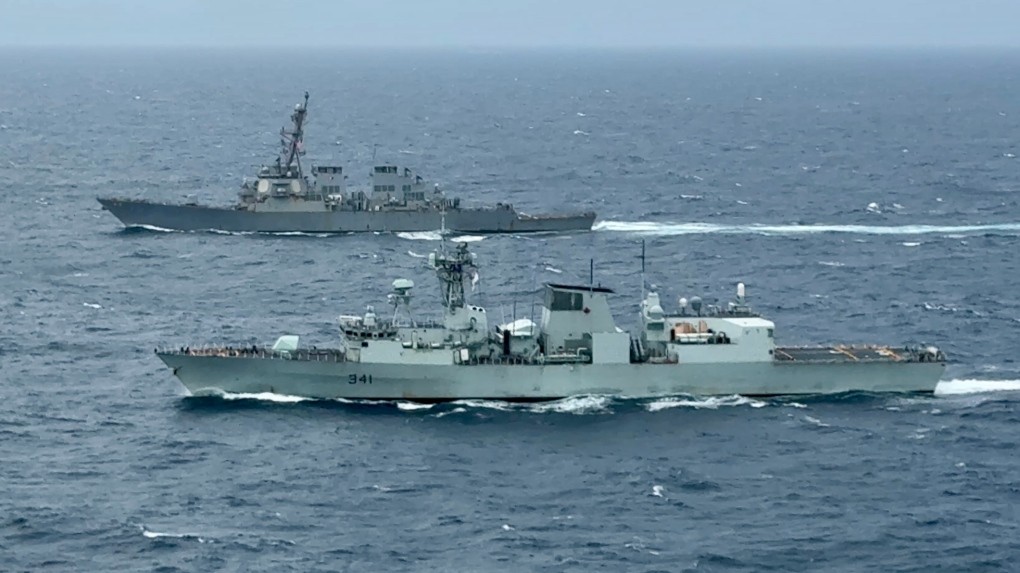
Canadian warship HMCS Ottawa and U.S. Navy vessel USS Higgins have united forces in the South China Sea, conducting joint operations near disputed territories amid growing regional tensions.
The allied warships were quickly shadowed by two Chinese vessels - the destroyer "Changsha" and warship "Yuncheng" - as they navigated waters near the contested Scarborough Shoal heading toward the Spratly Islands.
The joint mission comes at a time when Beijing has intensified its presence in the region by constructing military installations on artificial islands, including airstrips on reefs and missile systems. The area holds strategic importance, with one-third of global shipping passing through these waters and an estimated 11 billion barrels of untapped oil reserves beneath the seabed.
Commander James Billings of USS Higgins emphasized the value of Canadian-American collaboration, stating that their joint operations demonstrate military interoperability should conflict arise. HMCS Ottawa's Commanding Officer Adriano Lozer confirmed that both navies worked on various aspects including anti-submarine warfare, surface operations, and communications.
During the mission, a Canadian CH-148 Cyclone helicopter conducting routine operations near Firey Cross received warnings from Chinese forces to alter course. In a separate incident last October, a Canadian air crew faced a dangerous encounter when a Chinese jet approached their aircraft and fired flares, highlighting the rising tensions in the disputed waters.
China claims ownership of nearly the entire South China Sea, despite a 2016 international court ruling invalidating these claims. The Canadian-American naval cooperation forms part of Operation Horizon, a multinational effort aimed at maintaining stability and international order in the Indo-Pacific region.
The joint operations demonstrate ongoing commitment from both nations to uphold maritime security and freedom of navigation in these strategically important waters, even as regional tensions continue to rise.